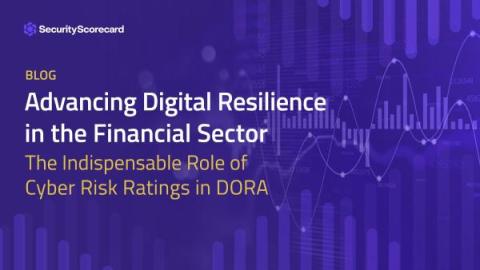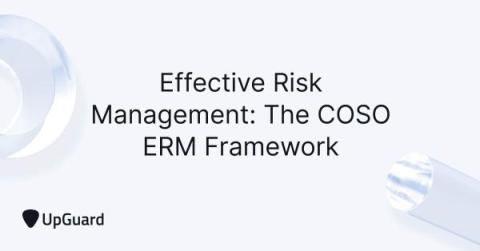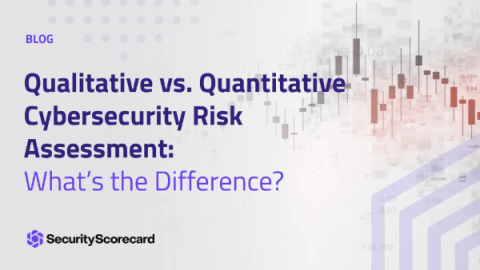Security | Threat Detection | Cyberattacks | DevSecOps | Compliance
Risk Management
The role of automation in mitigating cybersecurity risks
Cyberattacks are on the rise around the globe. Recent data suggest that there are 2,200 cyberattacks every day and that the average cost of a data breach is $9.44 million. Of those cyberattacks, 92% are delivered via email in the form of malware and phishing. In 2022 alone, businesses reported 255 million phishing attacks with an average cost of $4.91 million.
Advancing Digital Resilience in the Financial Sector
Financial entities throughout the European Union are preparing for the Digital Operational Resilience Act (DORA), a new piece of legislation to strengthen the digital resilience of credit institutions, investment firms, insurers, and more. DORA focuses on breach prevention and cyber resilience, meaning financial institutions must prioritize both protecting their attack surface and incident response planning.
SEC Regulations: What is a "Material" Cybersecurity Incident?
What CIS Controls are Effective for Successful Cyber Defense?
Critical Security Controls are a set of cybersecurity principles and actions that list defense tactics and best practices to mitigate against popular cyber-attack methods. But what makes them so valuable is that the framework prioritizes a small number of actions that all work to significantly reduce cybersecurity risk across your network. Keep reading to learn more about CIS controls, as well as which controls are essential for successful cyber defense.
Bitsight identifies nearly 100,000 exposed industrial control systems
Understanding GDPR Vendor Management and Compliance for your Business
General Data Protection Regulation (GDPR) is a framework for data protection that gives strict obligations for organizations within the European Union. For many businesses, understanding and implementing GDPR vendor management is a daunting task. That’s why we are going to break down what GDPR vendor management is, who is involved in it, and what the requirements are.
How to Discover and Secure Open Port Vulnerabilities
Effective Risk Management: The COSO ERM Framework
Qualitative vs. Quantitative Cybersecurity Risk Assessment
Risk mitigation is at the heart of cybersecurity. By connecting to the Internet, implementing upgraded IT systems, or adding a new vendor to your organization, you are automatically exposing your business to some level of cyber risk. With outsourcing on the rise and a growing reliance on vendors who are processing, storing, and transmitting sensitive data, assessing and mitigating risk is becoming increasingly important.








